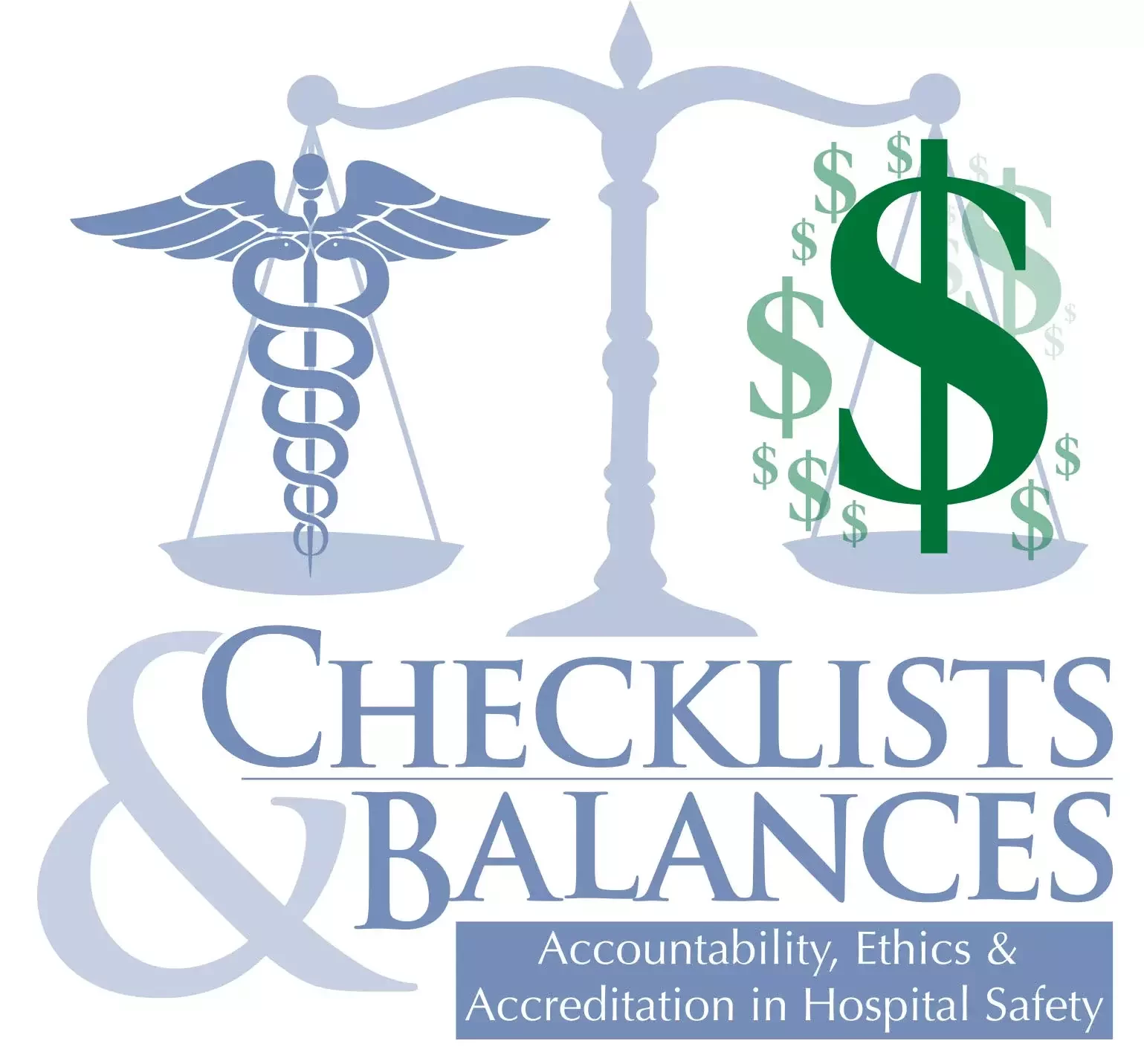
Checklists save lives. This key fact lies at the root of Readiness Rounds’ philosophy.
While their ability to save lives is more than enough to validate the importance of implementing checklists in healthcare industry routines, checklists also have the power to boost a provider’s accountability, ethical reputation, and accreditation.
Concerns about patient safety have been public knowledge for years. The healthcare industry’s failure to improve its safety record has led to a general loss of public trust. By making good use of checklists, hospitals can improve patient safety, earn back the public’s trust, and save lives.
Accountability
A serious roadblock to establishing a checklist-based patient safety culture, is the traditional lack of accountability in healthcare.
The system’s failure to hold healthcare providers and organizations accountable for failures laid the groundwork for the current lack of public trust healthcare now faces.
In the new safety culture, patient safety advocates turn away from the traditions of the guild in which social standing and privileged knowledge shielded practitioners from accountability. annals.org/article.aspx?articleid=709376
They also reject the defensive posture of old risk management approaches in which physicians and leaders of health care organizations were advised to admit no responsibility and to defend all malpractice claims, whether or not they were justified.
Patient safety embraces organizational and personal accountability… while maintaining accountability and integrity in interactions with patients and families who have suffered avoidable adverse events. https://www.ahcipa.com/
A system of checklists not only allows hospitals to determine what went wrong and evaluate how the error occurred, it also facilitates the development of new and better procedures to prevent similar errors in the future.
As a result, in addition to apologizing, the organization can better explain to the patient and his or her family what happened, and can demonstrate in concrete terms how the organization has learned from this mistake and what it is doing to make sure it does not happen again.
Even in the face of adverse events, transparency and accountability work together to improve patient confidence in the system.
Ethics
Accountability and ethics go hand in hand. A system with no accountability has no way to normalize or enforce an ethical code.
According to the AMA, accountability, patient safety, and the elimination of system-based errors are foundational ethical values in healthcare. Checklists embody the ethical commitment of healthcare organizations and help those organizations live the ethics they profess. web.stanford.edu/class/siw198q/websites/reprotech/New%20Ways%20of%20Making%20Babies/EthicVoc.htm
Accreditation
Accreditation is the official proof that a healthcare organization’s operations, accountability, and ethics are all functioning with sufficient reliability to provide reasonable patient safety. While accreditation can certainly be a strongly motivating factor in the adoption of checklists and safety culture, the real benefit comes in improved patient outcomes and a reduction in adverse events. jointcommission.org/
The purpose of accreditation is to push organizations to meet and maintain these goals. Checklists provide clear documentation that an organization meets the standards set by the Joint Commission. They provide evidence that the organization is aware of trouble spots and is taking appropriate measures to remedy problems. An organization using checklists to document its commitment to safety culture stands ready for the Joint Commission on a daily basis. jme.bmj.com/
Accountability, ethics, and accreditation all contribute to rebuilding public trust in the healthcare system. As safety culture takes root and checklists provide real-time data, the industry will improve patient outcomes and save lives, thereby gaining patients’ confidence. In their article, “What Exactly is Patient Safety,” Emmanuel, Berwick, et al write: Trustworthiness is essential to the concept of patient safety. The health care system designed for patient safety is trustworthy. This is not because errors will not be made and adverse events will never happen, but because the health care system holds itself accountable to applying safety sciences optimally.
Emmanuel L, Berwick D, Conway J, et al. What exactly is patient safety? In: Advances in Patient Safety: New Directions and Alternative Approaches, Vol. 1: Assessment. The Agency for Healthcare Research and Quality. US Dept. of Health and Human Services. August 2014. Available from: ahrq.gov/downloads/pub/advances2/vol1/advances-emanuel-berwick_110.pdf
